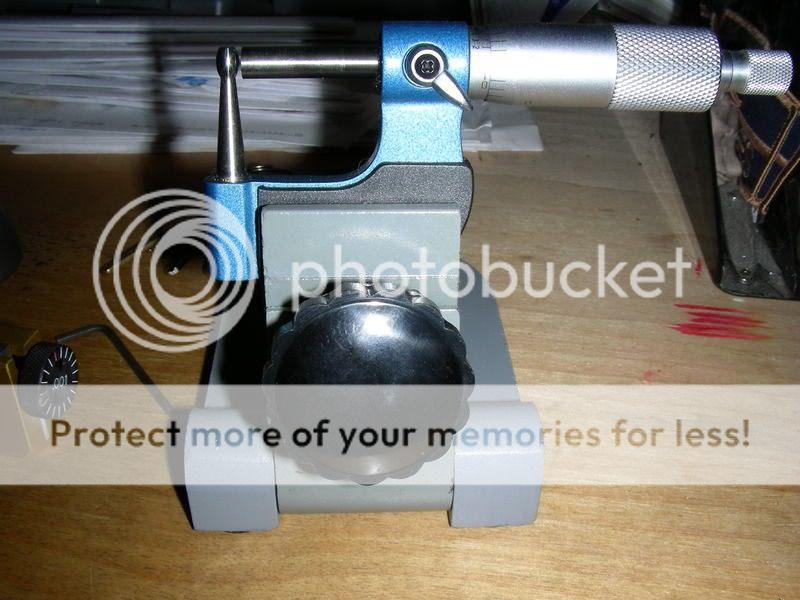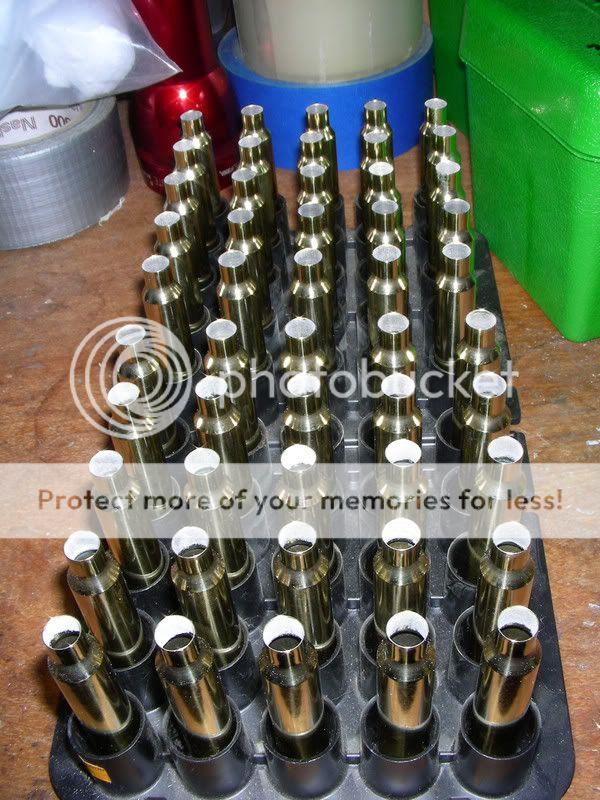Still working on this one, let me know if these thoughts are correct:
If your brass is slightly crush fit (as per above with the case body smaller than the chamber), then the only time that the thickness variation of a case body would matter would be IF the case body wasn't finished expanding by the time the bullet began leaving the neck, which may negate any advantages to neck sizing because it would cause the bullet to be off-center again as it moved into the rifling.
The question is if the pressure required to launch the bullet out of the case mouth is greater than the pressure to expand the case itself. If it is less, then the bullet could leave before any case expansion occurs, giving you the full advatage of the trued neck. Same thing would happen for the bullet leaving after the case had fully expanded, since it would be leaving after the case would be at an O.D. equal to the chamber and all of the inaccuracies in thickness variation are back to the inside of the case (during expansion it is moving both to the inside and outside as the case expands from the inside). But pressure would be higher than a lower neck tension because you need to have the bullet hold until ALL of the brass is expanded to the chamber.
----------
The real issue is when the bullet leaves the imperfect (but f/l sized) case that has started expanding but has not finished. Any off-center expansion could be transferred to the bullet. Also, inconsistency for the same case at different reloadings could be thrown into the mix because the case is not in the exact same position each time in the chamber, causing the "off-center" of the bullet to not the the same shot to shot (could be off-center at the 4 o'clock position, next reloading at the 8 o'clock, etc - rotation of the case in the chamber).
----------
If I look at it like this, it means to me that neck turning serves two purposes on the imperfect case: alignment and neck tension, but the bullet must leave at a certain time for it to be advantageous. For nheninge's perfect cases, it serves only for neck tension, and bullet launch can be at any time.
I think I see now why neck turning is not a "nit". Please correct any wrong assumptions in all of this. I want to get this right so we all know.
Woods, I still would like to know how the relation of case neck thickness to neck tension is derived. Is there research or numbers somewhere?
TLK




